5 shows Netflix canceled that deserved another season
5 shows that were cut down in their prime...

It feels like Netflix has been rather trigger-happy of late, with scarcely a day going by without a new announcement of the streamer wielding the ax and canceling something.
In recent days, sci-fi epic Another Life, hugely acclaimed family-drama The Baby-Sitters Club and the Mindy Kaling-scripted comedy Never Have I Ever have all been kicked to the curb. The streaming giant is tightening its belt as it faces an ever-more crowded market in the competition to keep and gain new subscribers.
Sometimes, the decision to cancel a show is entirely justified – shows do run their courses. But there are other times it feels like Netflix pulled the trigger a little too soon and cut down a show in its prime, just as the audience was really beginning to build.
Netflix will argue that its decision to cancel a show is based entirely on audience figures, and, with so much user data at its fingertips, it knows not only how many people started a show and finished it, but how many gave up after 20 minutes of episode one and never came back.
We would argue that with a loyal subscriber base and lots of choice, the streaming giant need not be as ruthless as the big US networks, that will have advertisers at their doors if their ads are going out on a show that’s not bringing in the viewers. If Netflix executives have faith in a show, they have the latitude to let it develop, and, in a few cases, that’s most definitely what they should have done.
We pay tribute to five of those cases, five shows cut down in their prime, five shows that deserved more, five shows that were canceled far too quickly. Starting with…
The OA

When it comes to cult status, only Stranger Things and You can compete with The OA for devotion among Netflix’s shows, and that showed when Netflix swung its ax back in August of 2019. The upset was very intense.
Sign up for breaking news, reviews, opinion, top tech deals, and more.
The OA was created by Brit Marling and Zal Batmanglij. Marling, who led much-loved indie sci-fi drama Another Earth, also starred in the show, playing Prairie Johnson, an adopted young woman who resurfaces after a mysterious seven-year absence.
When she comes back, Prairie calls herself ‘the OA’ (which is short for original angel), has huge scars on her back, and, having been blind in her former life, can suddenly see again. After assembling a small band of followers, she asks for their help to save the other missing people whom she claims she can rescue by opening a portal to another dimension.
As you can imagine from the show’s fantastical premise, it wasn’t cheap to make, with the budget coming in at around $45 million per season – pricey for an eight-episode run. So, when the second season didn’t catch fire, Netflix pulled the plug. Fans found that particularly galling as the show’s sophomore run had ended with an almighty cliffhanger.
The outcry was loud and widespread. One fan was so angered by the decision, she went on a hunger strike outside Netflix's Los Angeles HQ, and there are not one, but two petitions still running to try to persuade Netflix to change its mind and greenlight a third season. Thus far, it’s not budging…
GLOW
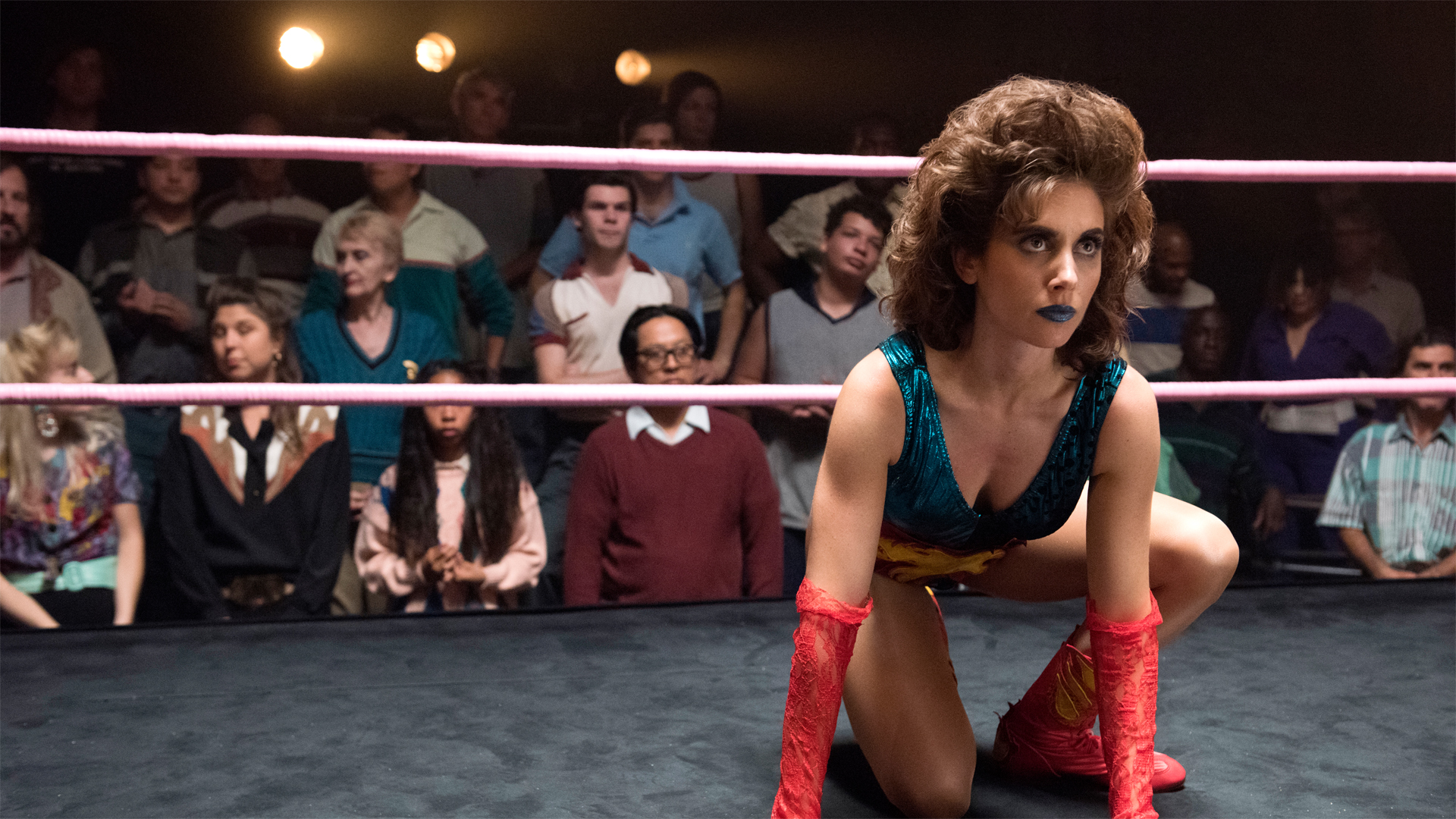
GLOW, or the Gorgeous Ladies of Wrestling to use its full title, is a bit of a unique case. Netflix had greenlit a fourth and final season of the show – granting star Alison Brie and her cast the chance to finish in the way the showrunners had intended – but then reversed its decision, instead axing the show and blaming the Covid-19 pandemic for the change of heart.
Set in Los Angeles in 1985, the show follows Brie’s Ruth Wilder, a struggling actress, who, in a desperate attempt to make some money, auditions for a fledgling professional wrestling promotion called the Gorgeous Ladies of Wrestling.
Accepted into the squad, Wilder has to adjust her idealistic acting goals as she learns to work alongside GLOW's director Sam Sylvia and how wrestling audiences and theater-goers are rather different…
Brie was the star as Glow got going, but as the series developed it became a true ensemble, with Betty Gilpin, Sydelle Noel, Britney Young, Britt Baron, Kate Nash and Gayle Rankin all delivering excellent performances. The show was brash and often very funny, but had a real charm and family feel.
Getting chopped when the show was clearly already preparing for a fourth season, was a sad way to end a show that had so much going for it.
Cursed
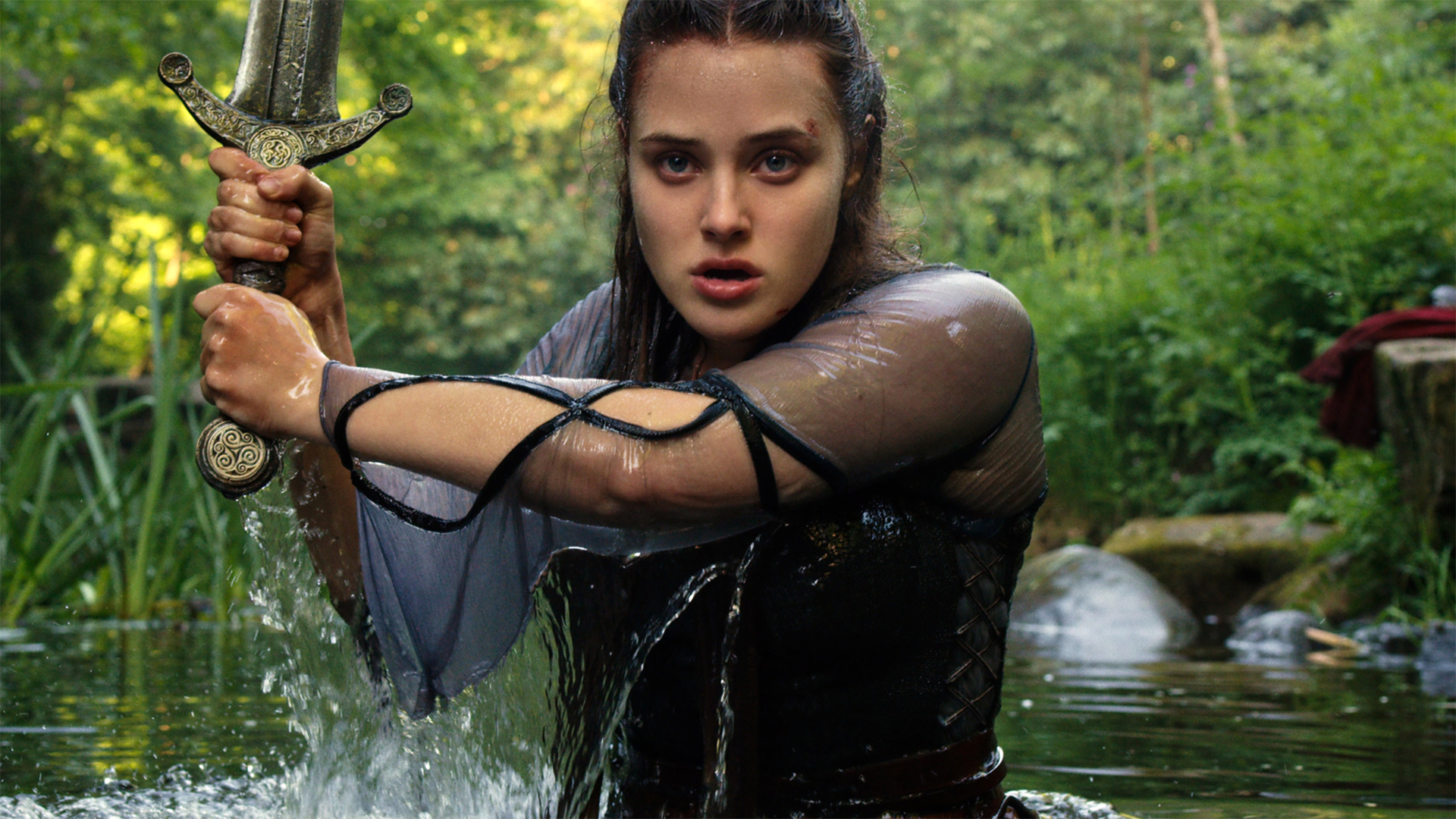
On the press tour for his restored cut of Justice League, Zack Snyder revealed he was working on a new take on the legend of King Arthur, only this time it would be set during the gold rush in the 19th century. That, no doubt, came with heavy sighs from studio executives everywhere, because, try as they might, nobody can seem to get King Arthur right.
Guy Ritchie tried and cost Warner Brothers over $200 million in doing so, Antoine Fuqua’s 2004 effort was a bomb and Starz’ expensive TV adaptation, Camelot, was nixed after one season.
Netflix’s Cursed had a lot more potential. Led by 13 Reasons Why star Katherine Langford, the show respun the Arthurian legend, focusing on Nimue, a young woman with magical powers who teams up with Arthur, then a young mercenary. The two unite in a quest to find the magician Merlin and deliver an ancient sword to him.
Faithful to the classic tales and creative with them at the same time, Cursed had a lot going for it, especially the partnership between Langford and Devon Terrell, who played the young Arthur, but it wasn’t enough.
Obviously pricey, as anything fantastical that’s not shot on a studio backlot is, Netflix balked at continuing the story, which was a shame, as it was warming up into a real fantasy epic.
Sense8
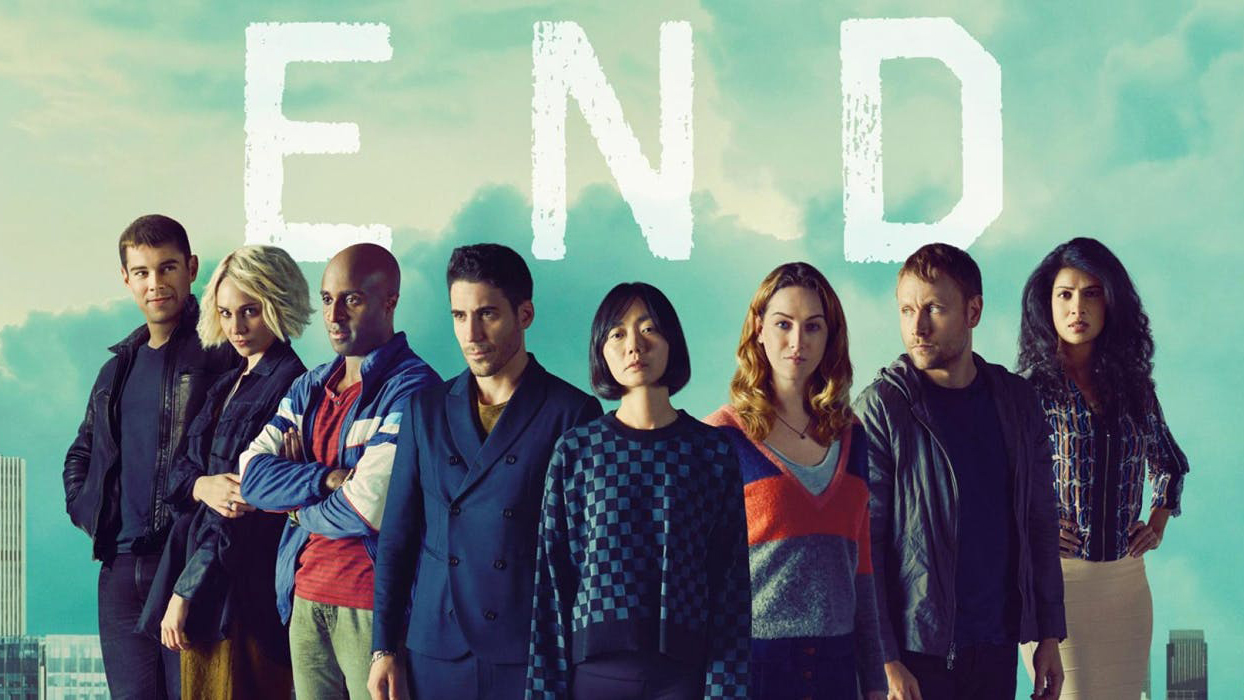
It was seen as quite a coup for Netflix to snare The Matrix creators Lana and Lilly Wachowski back in 2013 for a weighty new sci-fi epic, but, even the sisters’ clout couldn’t save the show from being culled at the end of season two.
The show's premise was very much in the Wachowskis' wheelhouse. It followed eight strangers from different parts of the world who suddenly discover that they are ‘sensates’ human beings who are mentally and emotionally linked – and must avoid detection from the shadowy Biologic Preservation Organization.
The Wachowskis don’t do anything without enormous scale, and the filming list of locations for the show ranged from Kenya to Iceland via Seoul and Sao Paolo. Added to a weighty VFX budget and you can see why Netflix got nervous about making any more and opted to shelve plans for a third season.
But, having done much of the heavy lifting with the show’s narrative early on, it was a shame to not see the show push on, with the bafflement at the Wachowskis grand concept now firmly out of the way and a real connection to the characters in place.
Much like The OA, the show’s fans were outraged and petitions were started to persuade Netflix to change its mind. Unlike The OA, which just disappeared, Sense8’s cast and creative team were given a send-off with a two-hour special episode released in 2018.
Fans were hopeful the process might reignite Netflix’s interest in the show, but it just proved to be a final goodbye.
Mindhunter
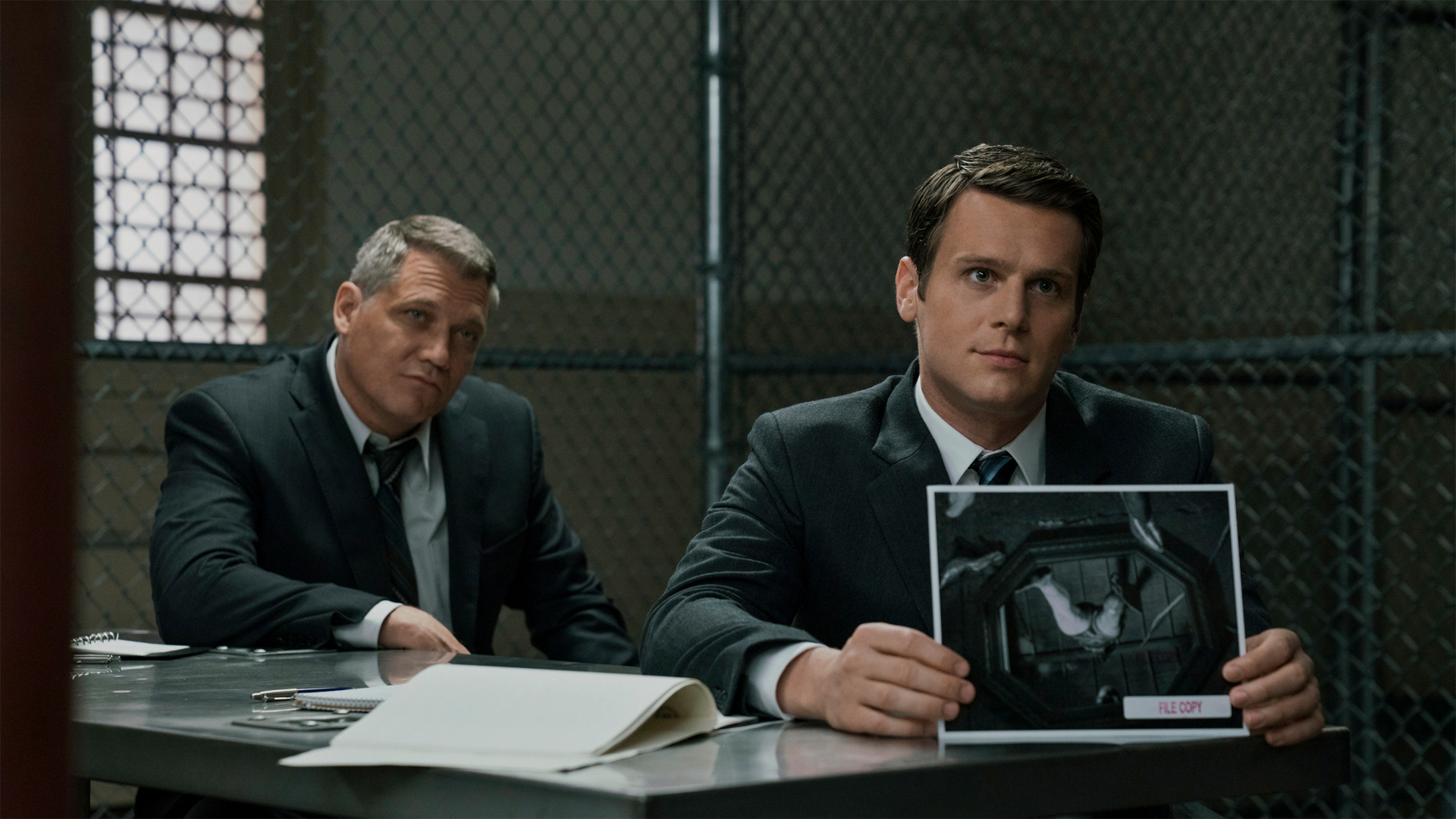
Has it formally been canceled? No. It is on ‘indefinite hold’, but, has creator David Fincher said it’s been canceled in a different set of words? Yes, he has.
When promoting his Netflix epic Mank, Fincher opened up to Vulture about Mindhunter’s prospects, revealing: “For the viewership that it had, it was an expensive show. I honestly don’t think we’re going to be able to do it for less than I did season two. And on some level, you have to be realistic about how dollars have to equal eyeballs.”
When coupled with the fact that Netflix has opted to release stars like Jonathan Groff and Holt McCallany from their contracts, you’d have to assume a lot would need to change for there to be any more Mindhunter, which is a great shame.
Fincher’s drama was a critical darling, with 97% on Rotten Tomatoes, and seemed to be one of the few shows to truly embrace the open possibilities that streaming offers, with some episodes being as short as 34 minutes and others as long as 73.
It followed the team who pioneered the Behavioral Science Unit in the FBI in the late 1970s, which marked a shift in how crimes were investigated and the beginning of criminal profiling. Among the real-life serial killers to feature were Charles Manson, David Berkowitz, also known as Son of Sam, and Elmer Wayne Henley Jr. While their methods clearly have merit, the team struggle for resources and to be taken seriously, all the while murders continue to go unsolved.
Dark, dense and gripping, the show hit its stride early on and was continuing to develop into one of the most interesting dramas on TV. It deserved another run, at least.
Fincher had planned five seasons, but while the door isn’t completely closed, it is ajar at best on the show making it past season two…
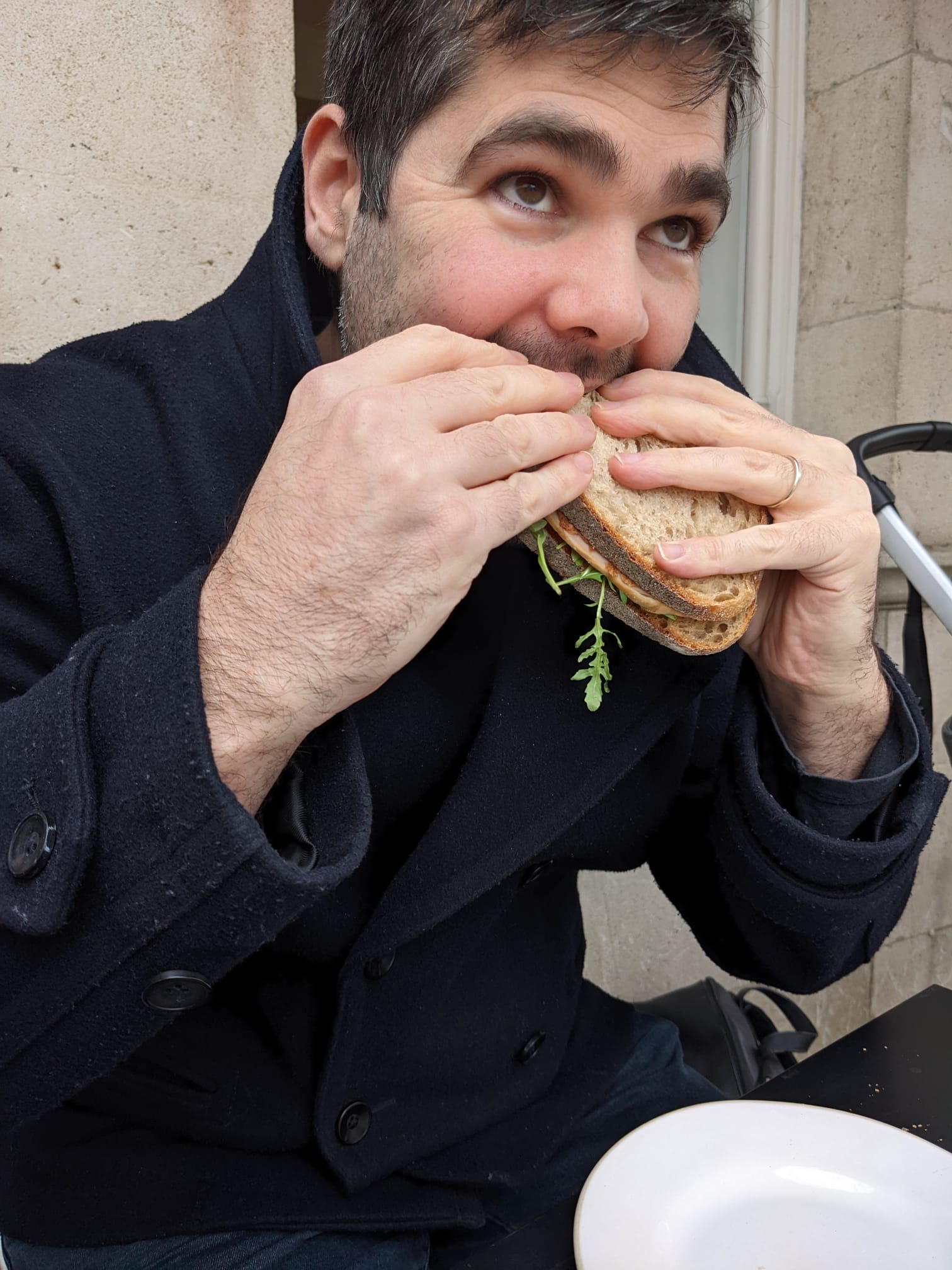
Tom Goodwyn was formerly TechRadar's Senior Entertainment Editor. He's now a freelancer writing about TV shows, documentaries and movies across streaming services, theaters and beyond. Based in East London, he loves nothing more than spending all day in a movie theater, well, he did before he had two small children…